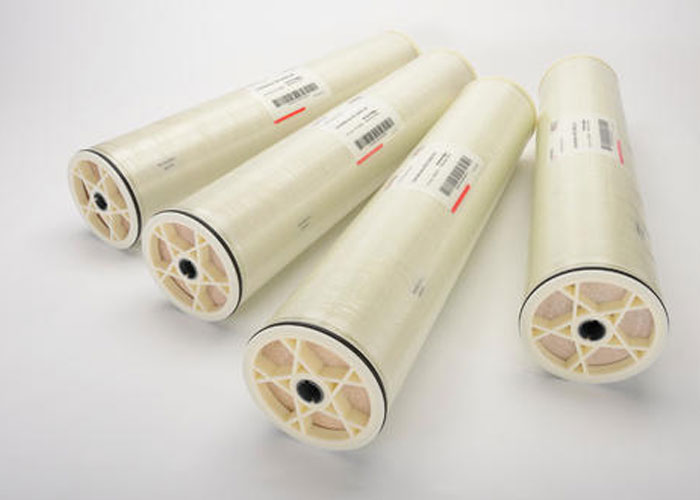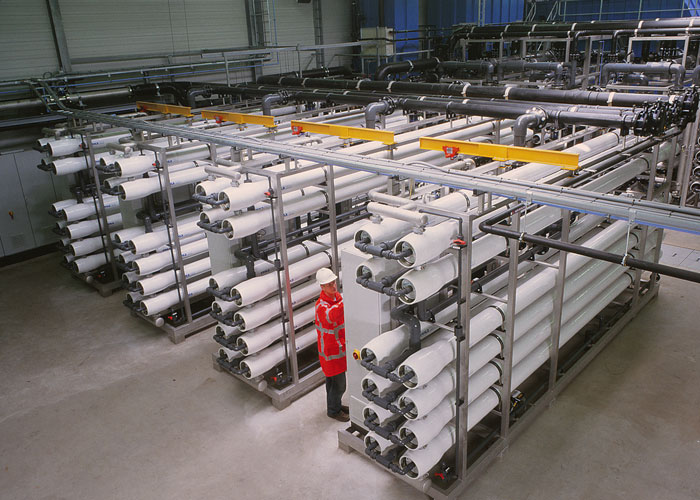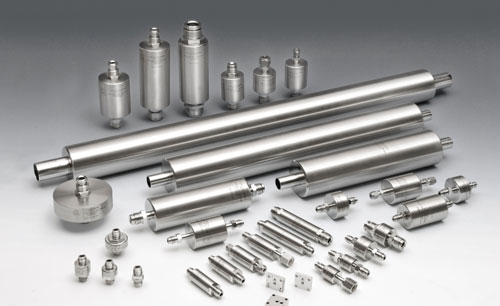The production rate of a membrane is often stated in gallons per day, and its sizing is generally given in millilitres per minute (mlm). For example, a 200-mlm flow restrictor is equivalent to 76 gallons per day, equivalent to 18 gpd. So, if a membrane produces 18 gpd, it will need a flow restrictor that can accommodate 70 gpm.
Depending on the location of your home, you might have to purchase an STP to handle your sewage. Generally, residential buildings need at least one STP to treat sewage. Many STPs are located underground, making them difficult to maintain. Moreover, you may not be able to inspect them without hiring an expert. It is better to consult a professional if you have any doubts about the process.
Membrane Pore Size
When selecting a flow restrictor, consider the difference between a sizing flow restrictor and a pore size restriction. A sizing flow restrictor allows fluid to move in a direction, while a pore size restriction prevents liquid from moving in a reverse direction. The pore size rating is important for many applications and can help determine which membrane is the best choice for your needs.
Pore size is a critical factor in the performance of a membrane filter. Flow restrictors can be divided into 'true pore' and 'tortuous path' types. 'True pore' membranes are characterized by a straight path from top to bottom, with a specific diameter. Aluminium oxide membranes and Whatman Nuclepore membranes are both types of true pore membranes.

In reverse osmosis systems, the flow restrictor is important in determining the amount of water flowing into the drain. Its size must match the pore size of the membrane in order to allow the desired flow. A sizing flow restrictor that can handle eighty gallons per day requires a sizing flow restrictor of approximately 200 mlm. Likewise, a sizing flow restrictor with an 18-gpd membrane will need a sizing flow restrictor of 70 gpm or larger.

The bubble-point test identifies the smallest diameter of the largest pore in a membrane. The bubble-point pressure is proportional to the pore size. The bubble-point pressure is used as a reference. When the bubbles form, the measured capillary pressure corresponds to the desired pore size. The other variables in equation d are surface tension and wetting angle.
Generally, pore size and sizing flow restrictors play a role in promoting bone regeneration. Pore size determines vascularization and helps direct osteogenesis. Sizing controls cell migration and size. Bone formation is inhibited if the pore is too small or too large. These properties make membranes a good candidate for tissue engineering. This is a useful biomaterial for bone and teeth.
Permeate Carrier Length 12
A feed carrier material 16 provides passageways that extend axially from the inlet to the discharge end of a cartridge. The feed carrier material is sufficiently flexible to allow spiral winding around the interior tube 18. The permeate carrier material separates the two opposing active surfaces of the semipermeable membrane 14. This allows the feed mixture to flow in contact with both of the surfaces.
The sizing of the flow restrictors is linked to the permeate carrier length 12. The carrier length is located between the two facing membrane leaf units. The carrier length is the "meat" of these sandwiches. The flow restrictor is sized in millilitres per minute. If the membrane is 18 gpd, the flow restrictor should be 70 gpd.
The flow restrictor is a key part of a reverse osmosis system. It controls the amount of water that flows to the drain. A membrane's flow-to-drain ratio is usually three to four times the production rate. As a result, the larger the membrane, the lower the flow ratio to the drain. The reverse osmosis unit must have a flow restrictor that is sized for the membrane size.







































Share Post